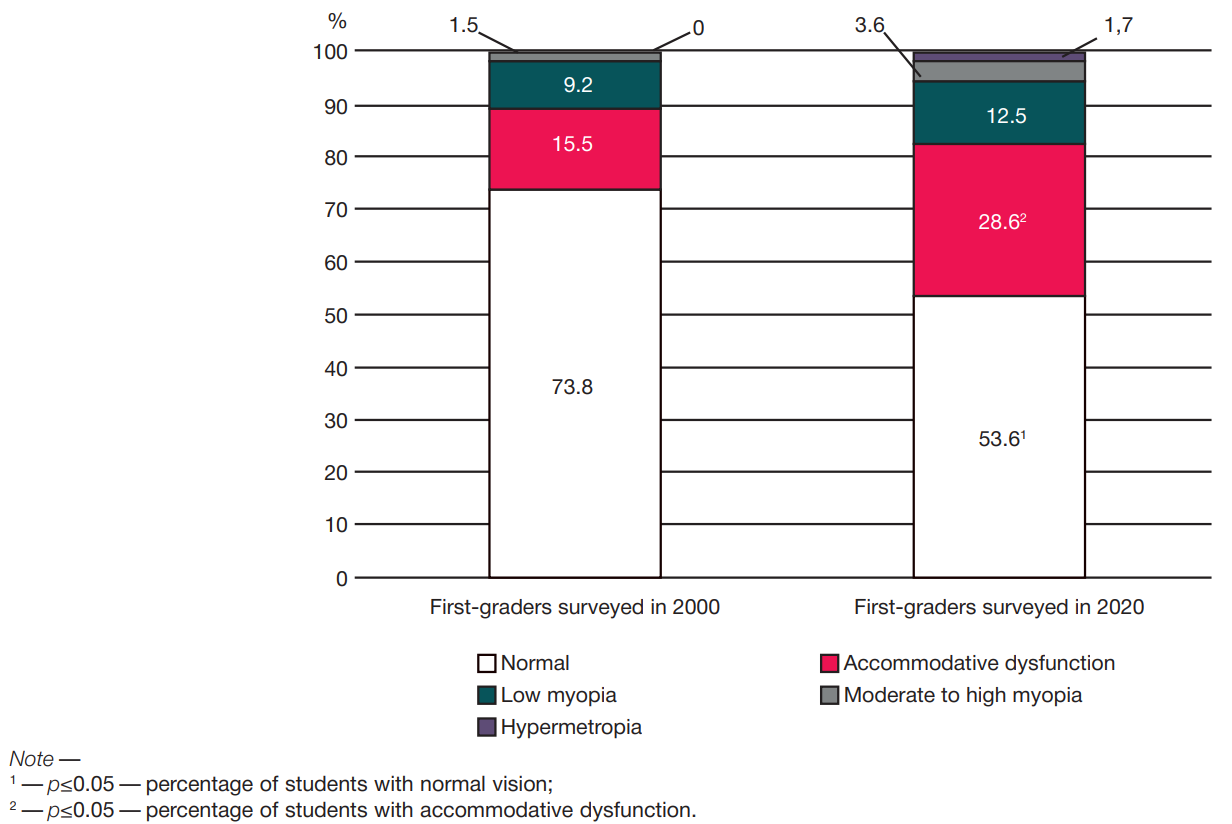
This article is an open access article distributed under the terms and conditions of the Creative Commons Attribution license (CC BY).
ORIGINAL RESEARCH
Regime of using mobile electronic devices by students as a risk factor of vision impairment
Pirogov Russian National Research Medical University, Moscow, Russia
Correspondence should be addressed: Olga V. Ievleva
Ostrovityanov str., 1, Moscow, 117997, Russia; ur.ay@lvei-looc
Author contribution: all authors contributed to manuscript preparation equally.
Compliance with ethical standards: the study was approved by the Ethics Commitee of Pirogov Russian National Research Medical University (protocol № 159 of 21 November 2016), did not endanger the subjects, and was consistent with the principles of biomedical ethics; the informed consent was submitted by all study participants.


